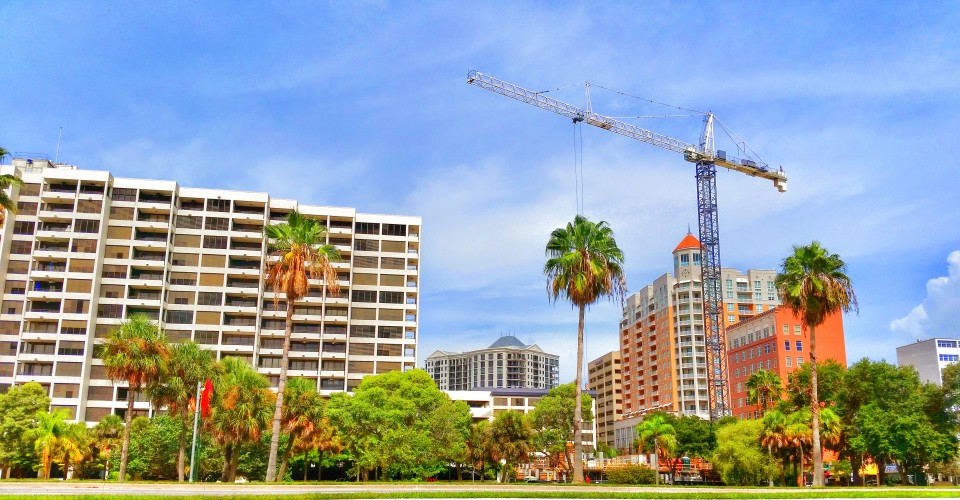Home Sales Slow in January

 Homes Sales Slow, but prices continued to rise.
Homes Sales Slow, but prices continued to rise.
Home sales in Sarasota and Manatee counties fell in January as tight inventory and competition from new homes continued to take a slight edge off the movement of existing properties.
There were 1,243 sales of existing homes and condominiums last month, down 2.4 percent from the 1,274 sales in January 2015, according to data from the Florida Realtors trade association.
- The median sales price in Sarasota County for a single-family home was $250,000 in January, up 8.5 percent from a year ago, while the $279,000 median in Manatee County was up 1.3 percent.
- Inventory has been increasing in the region since September. There were 17.9 percent more homes on the market in the two-county area in January than a year ago.
- Home inventory in Sarasota County was up 20.8 percent, while condominium inventory was up 27.1 percent. In Manatee, the supply of homes was up 10.9 percent while condos were up 11.4 percent.
- Pending sales — housing deals with a contract signed but not closed — were up 8 percent last month from January 2016.
“The increased inventory is easing the supply and demand pressure and giving buyers more choices,” said Xena Vallone, president of the Realtors Association of Sarasota and Manatee. “The increase in pending sales is a good indication of future closed sales.”
There was a five-month supply of single-family homes in Sarasota County and 4.8-month supply in Manatee. Condo inventory stood at 5.9 months and 4.8 months, respectively.
The state and national picture
Statewide, 16,779 sales occurred in January, up 5.2 percent from a year ago.
- The statewide median price for single-family homes last month was $220,000, up 10.1 percent from the previous year. The median for townhouses and condos was $161,000, up 6.6 percent over the year-ago figure.
New pending sales for existing single-family homes in January increased 3.8 percent year-over-year while pending sales for condo units increased 6.5 percent.
“Florida’s markets for existing homes are off to a good start in 2017,” Florida Realtors chief economist Brad O’Connor said. “Throughout much of this housing cycle, growth in single-family home sales has outpaced that of condos and townhouses, but in January — for the first time since November 2015 — this was not the case, though one month’s worth of data alone doesn’t indicate a long-term trend.”
National bidding wars
Nationally, Americans bought existing homes in January at the fastest pace since 2007. That has set off bidding wars that have pushed up prices as the supply of available homes has dwindled to record lows.
Home sales rose 3.3 percent in January from December to a seasonally adjusted
annual rate of 5.69 million, the National Association of Realtors said Wednesday.
The typical house for sale was on the market for just 50 days last month, compared with 64 days a year ago. Strong demand is pushing up median home prices, which jumped 7.1 percent from a year earlier to $228,900.
Inventory near record low
Just 1.69 million homes were on the market nationwide in January, near the lowest level since records began in 1999. It would take just 3.6 months to deplete that supply at the current pace of sales, matching a record low reached in December. Supply is usually equal to about six months of sales in a balanced housing market.
The supply crunch will likely get worse during the upcoming spring buying season, economists say, as demand typically rises by more than supply during that time.
“Relative to the number of households, the number of homes for sale is well through prior historic lows,” said Ted Wieseman, an economist at Morgan Stanley. “The level of inventories could be a much bigger challenge moving into much higher sales in the spring and summer.”
Mortgage rates have climbed since the presidential election. Investors are anticipating that tax cuts, deregulation and infrastructure spending will accelerate growth and push up inflation. That has caused investors to cut back on their bond holdings, pushing up yields.
The average rate for a 30-year fixed mortgage was 4.15 percent last week, according to mortgage buyer Freddie Mac. While that has dipped since earlier this month, it is much higher than last year’s average rate of 3.65 percent.
Herald Tribune, February 22, 2017